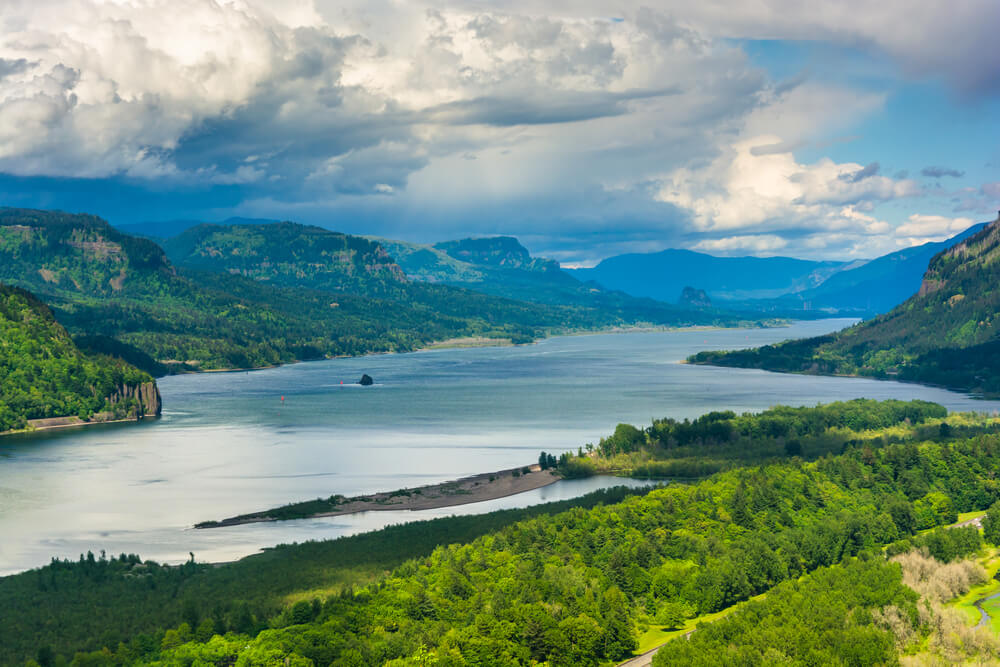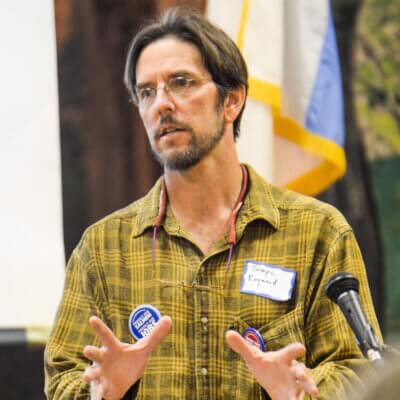Building ecosystem and community resilience amid the climate crisis
Negotiators representing federal, provincial and First Nation governments gathered recently in Seattle, Washington to continue efforts to modernize the Columbia River Treaty in an 18th round of negotiations. Further talks are expected in the months ahead. Much has changed since the original Treaty was ratified in 1964, and negotiators have an opportunity now to hammer out an agreement reflecting today’s values and priorities, equipping this region – the size of France – to meet diverse challenges now rapidly approaching.
Although this latest round of negotiations took place outside the Columbia Basin, we hope our compelling lived conditions in the Basin — wildfire, hot water, extreme heat — help focus the negotiators on two collaborative tasks.
Make the Treaty a sturdy tool for supporting the health of the Columbia River through the precarious decades ahead. And make a more just Treaty, beginning to remedy grievous harms Indigenous peoples have suffered through almost a century of dams and reservoirs built and operated without their consent. Both tasks are served by the restoration of ecological benefits arising from a healthy, functioning river.
An important timeline faces the negotiators. In the 1964 treaty, mutual cooperation between the U.S. and Canada created the Columbia’s present system of coordinated flood management. But soon — on September 16, 2024 — that system will change to an uncertain “called-upon” arrangement.
While there is justified pressure to reach an agreement swiftly, the main goal must be to get it right.
The 60-year-old Treaty is about power production and flood control. Tribes and First Nations have long proposed that ecosystem function — health of the river — be included as a new treaty purpose. Taking this step would make the Treaty a tool that can help restore and sustain the well-being of the Columbia River and its major sub-basins and to collaboratively integrate river health alongside hydropower and flood protection. In official documents and public statements, negotiators on both sides have already messaged the importance of building ecosystem values into a modernized treaty.
We ask the negotiators to now publicly support this as an additional purpose and fully integrate river health into the Treaty.
Portland, Oregon, and the scattered rural towns represented by British Columbia’s Local Governments Committee, are about as far apart on the Columbia River as it is possible to be. Portland depends on the coordinated, dam-based flood management that could soon change. The Local Governments Committee seeks flexibility to operate Canadian Treaty reservoirs for local objectives and improved ecological outcomes as outlined in its 2021 Recommendations Update.
Geography and history puts these parties in different corners with different stakes. But both the Local Governments Committee and the City of Portland support making the health of the river a new Treaty purpose. Improving river health provides a fertile ground for collaboration.
With ‘river health’ a full Treaty purpose, our agencies and communities can widen their collaborative vision to both reduce flooding of Canadian reservoirs and increase resilience and capacity of U.S. floodplains to enhance their inherent protection of communities and infrastructure.
Early in the negotiations, a joint Canada/U.S. hydrologic modelling team pursued a coordinated exploration of future Treaty options. Although discontinued in 2017, this type of scientific collaboration could again be established to restore damaged processes in Canada in aquatic areas and their adjacent riparian zones and to increase the potential to return salmon to the upper Columbia River.
Such positive outcomes would also promote reconciliation, since Indigenous cultural survival depends upon a healthy river.
Changes in Treaty governance are also needed so First Nations and Tribes can participate in the operational management of reservoirs and river reaches affected by dams. First Nations and Tribes offer unique contributions to river restoration given their integrated knowledge systems, enduring experience in collaborative processes, and close association with river ecosystems.
Columbia River Treaty issues are many and complex, so there is much to renegotiate. While monetary decisions about Treaty benefits matter, health and justice decisions will matter more to the river from here forward.
Cross-border collaboration and cooperation can expand far beyond what now exists. In the colossal but intricately connected Columbia Basin, deep collaboration is the only viable path forward with much chance of success through the hot grinding times we have entered. As the negotiators draw mental lines in the sand, and imagine win/lose outcomes, may they also imagine a more collaborative Treaty, for all corners of the Columbia Basin.
Photo courtesy of DepositPhotos




